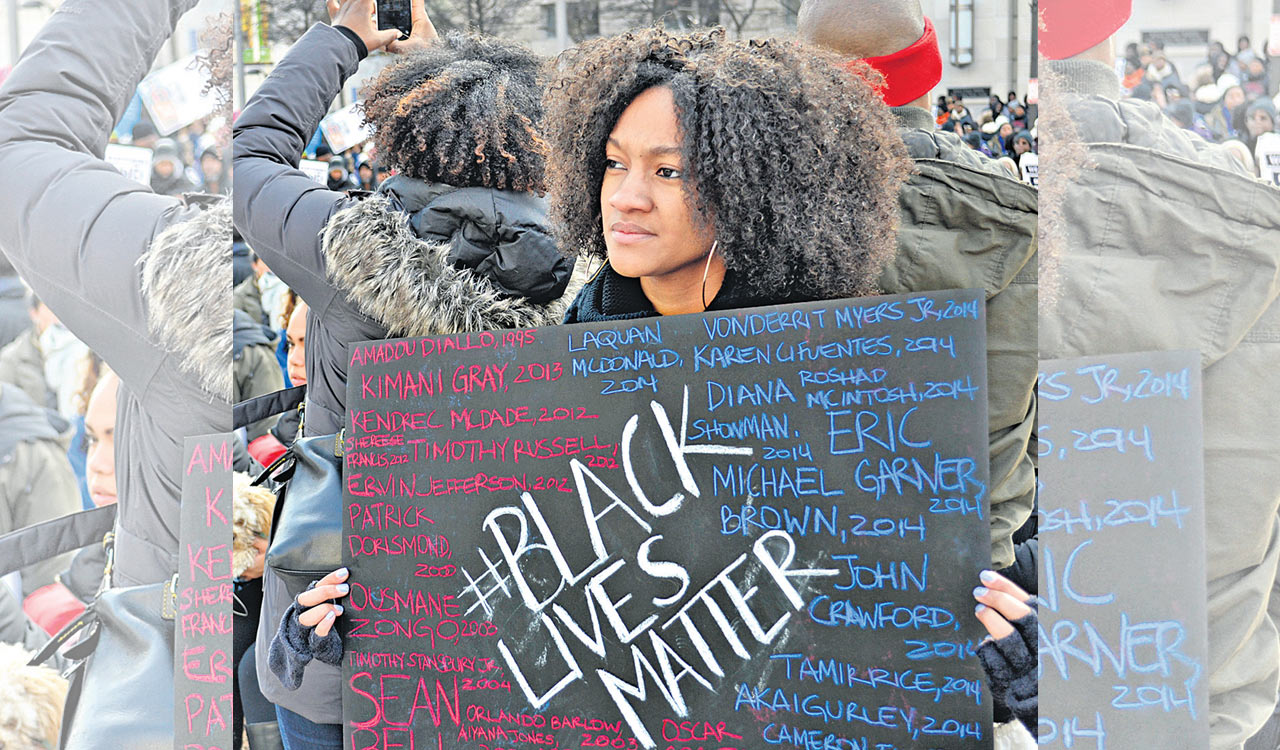Opinion: Social media in modern activism
In the age of televised revolutions, social media has the power to ignite change, but its effectiveness depends on how we all engage with it

By Viiveck Verma
In the past decades, social media has turned into an unprecedented giant in terms of its influence. It has single-handedly made the world smaller, connecting people across the globe with miraculous speeds and efficiency. From its early days as a platform for personal sharing, it has evolved into a space for political discourse, mobilisation and activism. The phrase ‘televised revolutions’ evokes images of the 20th-century TV broadcasts of distant conflicts brought into living rooms. Today, social media has taken up that space and goes further in amplifying common voices, shaping narratives and driving movements in real-time.
As a Political Tool
The transformation of social media from a mere networking platform to a tool for political activism can be traced to the Arab Spring (2010-2011), when people used platforms like Facebook, Twitter and YouTube to organise protests, share information and galvanise international support. Social media allowed activists to circumvent state-controlled media, challenging narratives sold by authoritarian regimes. The widespread use of hashtags such as #Jan25 and #Syria provided a digital rallying point for decentralised coordination of people on the ground, simultaneously drawing global attention to local struggles.
A study by the Project on Information Technology and Political Islam shows the impact of social media on disseminating information during the Arab Spring. In the week before Egyptian President Hosni Mubarak’s resignation, the total rate of tweets from Egypt and around the world about Egyptian political change jumped from 2,300 a day to 2,30,000 a day. Videos featuring protest and political commentary went viral with the top videos garnering around 5.5 million views. This digital tsunami strengthened the voices of citizens, challenging the traditional power dynamics in ways never seen before.
As a Double-Edged Sword
But the digital prowess comes with its challenges. One of the most significant being the spread of misinformation and propaganda. These same platforms can also be used to disseminate false information, distort reality and undermine democratic processes. The 2016 US presidential election is a case in point, where social media was weaponised to spread fake news, sow division and manipulate public opinion. A study by the Oxford Internet Institute showed that networking platforms were flooded with content to polarise and confuse voters. And so far, no foolproof way to stop the spread of misinformation exists.
Another challenge is that of ‘slacktivism’, which has jeopardised the effectiveness and sustainability of social media-driven movements. Because platforms like Twitter and Instagram make it easy for users to express support for a cause with a single click, many causes get stuck at this low-effort engagement, as social media activity alone does not always translate into concrete action or policy change, leading to critiques that digital activism is more about virtue signalling than achieving real-world outcomes.
Desensitisation is another challenge. As users are bombarded with a continuous stream of graphic images of violence, war and injustice on social media, the initial shock and outrage have turned into numbness. Public minds are oversaturated, making it increasingly difficult for any single cause or movement to sustain public attention long enough to bring about change. Studies have shown that repeated exposure to traumatic imagery can lead to ‘compassion fatigue’, where one becomes less responsive to the suffering of others. Moreover, those feeling emotional overload eventually disengage, scrolling past posts that once provoked outrage or empathy.
Visual Storytelling
Despite the issues, social media’s power to simplify complex topics through visual storytelling remains unmatched. Sparked by the death of Trayvon Martin in 2012, the Black Lives Matter (BLM) movement became one of the most significant modern-day movements, fueled by the viral circulation of videos documenting police brutality, which, in turn, drew people to its cause from all around the globe.
A Pew Research Center study shows that posts with images are more likely to be shared than text-only ones. This has allowed movements like BLM to maintain visibility, and exert pressure on governments and institutions to address racial injustice. Plus, the virality of posts promotes a sense of urgency that can drive people and governments to act swiftly.
Need for Innovative Forms
To bypass the challenges, modern activists are seeking newer, hybrid ways to capture attention and sustain momentum. The simplest approach is combining online activism with offline actions. For example, BLM used social media for awareness and protests while also engaging in community work and lobbying for policy changes.
Another strategy is the use of creative and immersive storytelling to break the noise. Instead of relying on violent imagery, activists are exploring new formats like short video diaries, as seen employed by civilians caught in the Israel-Palestine conflict, to depict not violence, but simpler struggles of their daily life, making their plight easier to understand without triggering dread or desensitisation.
Then there are some turning to humour, satire and art for activism to reach wider audiences. For example, climate activists often use funny memes to raise awareness about environmental issues and engage audiences, especially younger ones.
Globalisation of Activism
The biggest win of social media activism is its globalisation. People can now engage with issues beyond geographical and personal boundaries, just from their phones. Every cause now has the potential to inspire and influence globally. For instance, the #MeToo movement began in the United States as a campaign against sexual harassment and assault, quickly spread worldwide and to date, women still use the hashtag to break the silence around gender-based violence. This globalisation of activism has brought about cross-cultural solidarity among civilians that has not existed before.
Activism in Digital Age
As social media continues to evolve, so too will its role in activism. While it has democratised access to information and amplified marginalised voices, it is not a panacea. Activists and us, who engage with issues, must be mindful of the platform’s limitations and work to build bridges between digital and real-world action. In the age of televised revolutions, social media has become both a boon and a bane. It has the power to ignite change, but its effectiveness depends on how we all engage with it.
‘Social media has given us this idea that we should all have a voice, but it has also created a sense of entitlement that’s dangerous.’ – Zoey Deschanel

(The author is founder & CEO, Upsurge Global, co-founder, Global Carbon Warriors, and Adjunct Professor, EThames College)
Related News
-
Telangana techie loses Rs 4.15 lakh to online gold trading fraud
4 mins ago -
Hyderabad: Couple working as house help at doctor’s residence held for theft
19 mins ago -
Hyderabad auto driver foils attempt to kidnap young woman, five held
1 hour ago -
Haiti gang attack on journalists covering hospital reopening leaves 2 dead, several wounded
2 hours ago -
21 dead as Mozambique erupts in violence after election court ruling
3 hours ago -
Cartoon Today on December 25, 2024
10 hours ago -
Sandhya Theatre stampede case: Allu Arjun questioned for 3 hours by Chikkadpallly police
11 hours ago -
Telangana: TRSMA pitches for 15% school fee hike and Right to Fee Collection Act
11 hours ago




